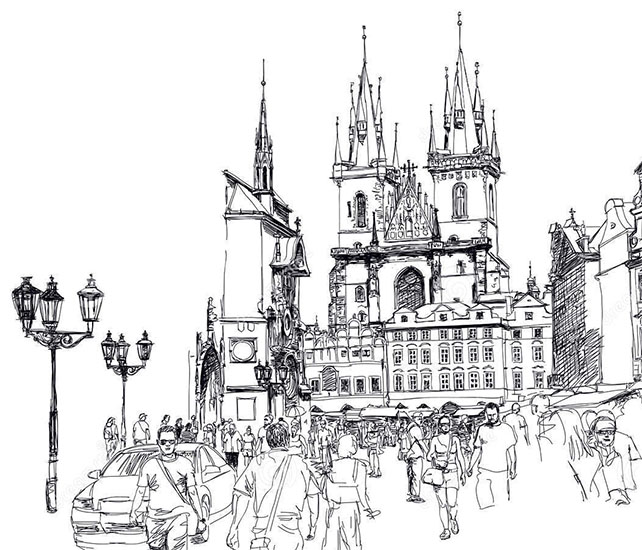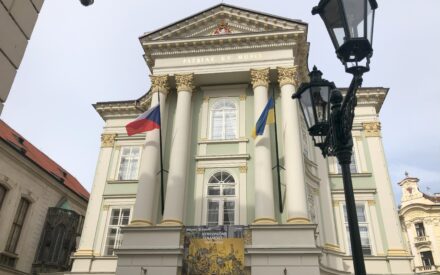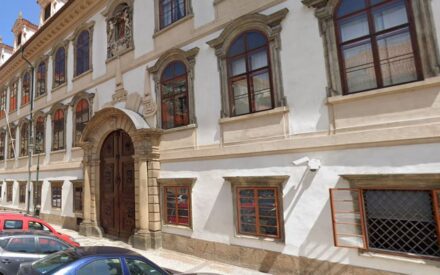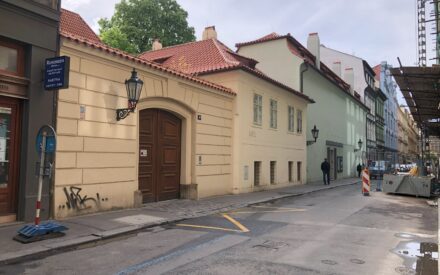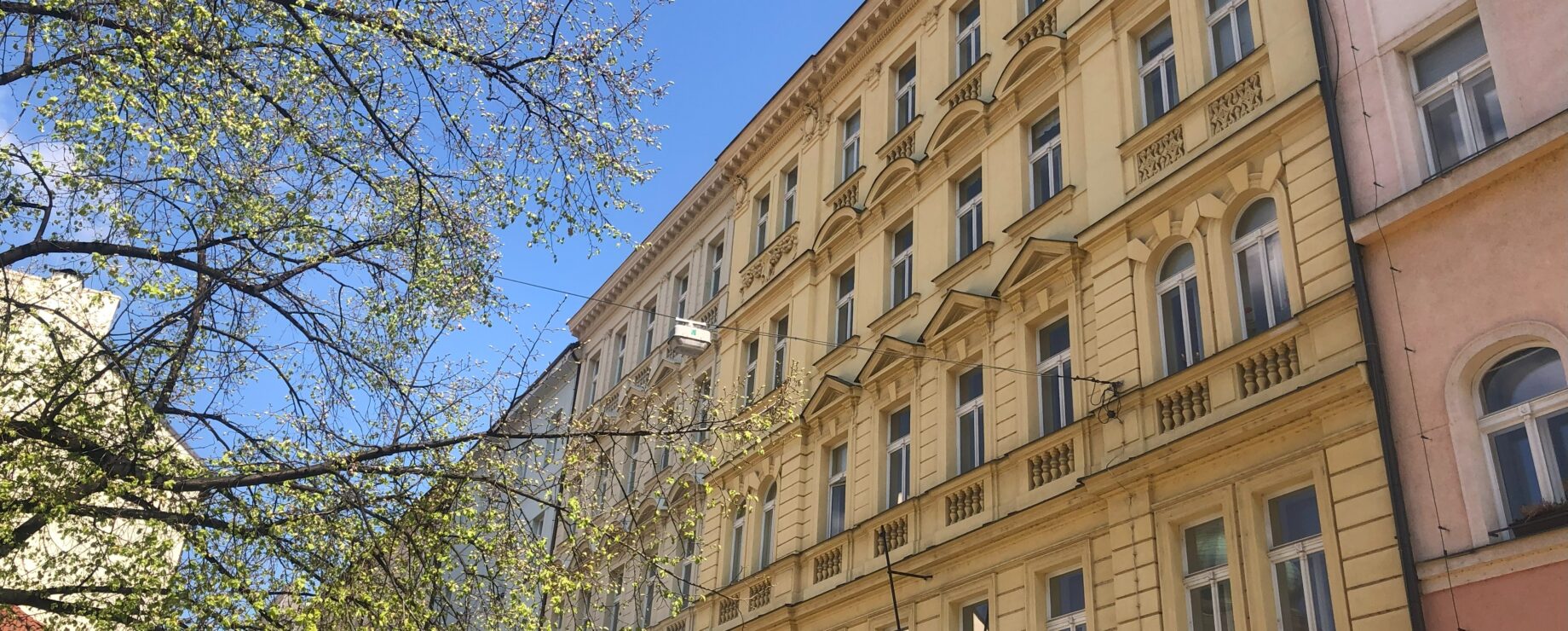
Prager Secession
Prager Secession, or “Prague’s Secession”, was one of the most influential artistic groups uniting German speaking men and women in arts in Czechoslovakia. The Prager Secession association was established in 1928 as a follow-up of the earlier Junge Kunst organization. Between 1929 and 1937, it organized nine exhibitions which were mostly very well received. Exhibitions took place in the premises of the Fine Arts Union (Krasoumná jednota) that was originally based in Rudolfinum and later relocated to a new building in Pštrossova 12. The members were not allowed to join other artistic groups. In their work, most members were withdrawing from the styles common at that time such as expressionism, surrealism and artistic abstraction, and they tended to the modern realism. In general, the group inclined to a cosmopolitan view of the world, absence of nationalism, and loyalty to the Czechoslovak republic. They openly stood up against Nazism and the Third Reich. The association discontinued its activities in 1938.
Among the founding members were also several influential women, including the sculptor Mary Duras, who was a member of the jury evaluating which works will be shown at the Prager Secession exhibitions and also a member of the managing board. Other founding members were the painter Grete Passer, the sculptor Gabriele Waldert, one of the first women (together with Mary Duras) to study at the Prague Academy of Arts in Jan Štursa’s studio, and the painter Charlotte Radnitz (later Charlotte Schroetter-Radnitz) who represented Czechoslovakia at the Venice Biennale in 1926.[1]
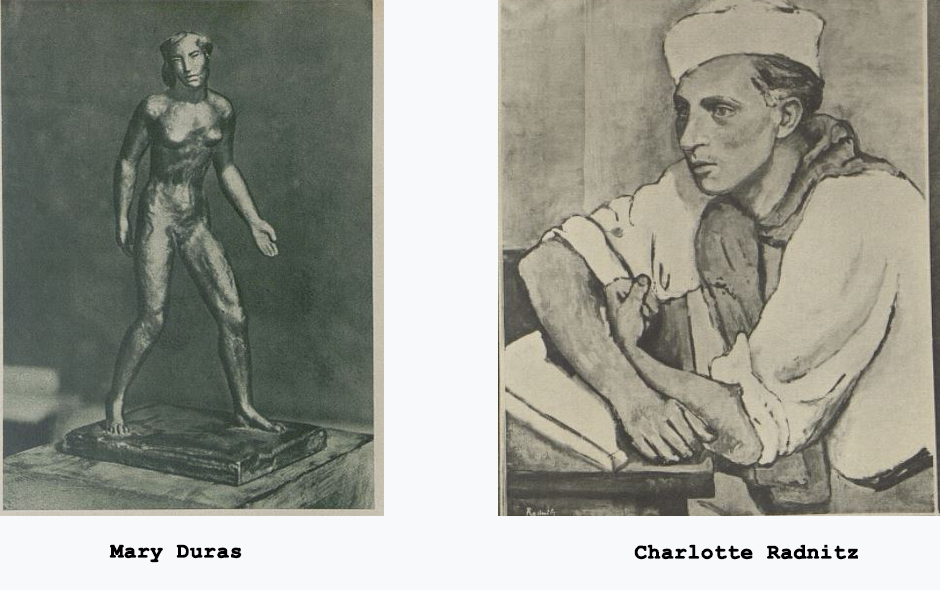
[1] A. Habánová, Z. Čepeláková (ed.): Mladí lvi v kleci: umělecké skupiny německy hovořících výtvarníků z Čech, Moravy a Slezska v meziválečném období, Řevnice: Arbor vitae, 2013.
Další místa na téma "Notable Women of German-Speaking Prague"
